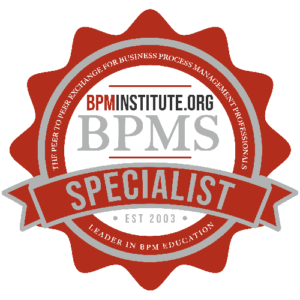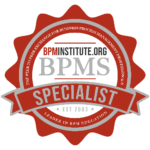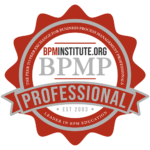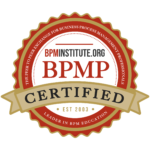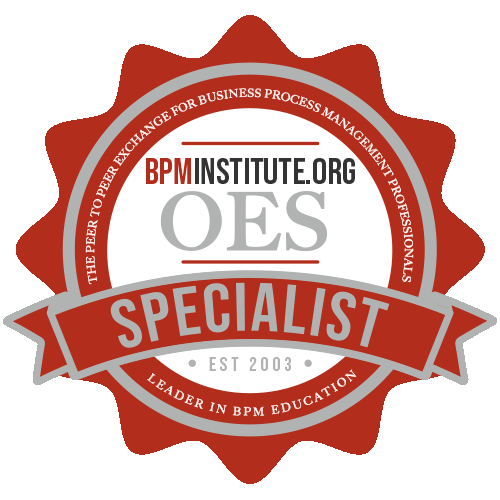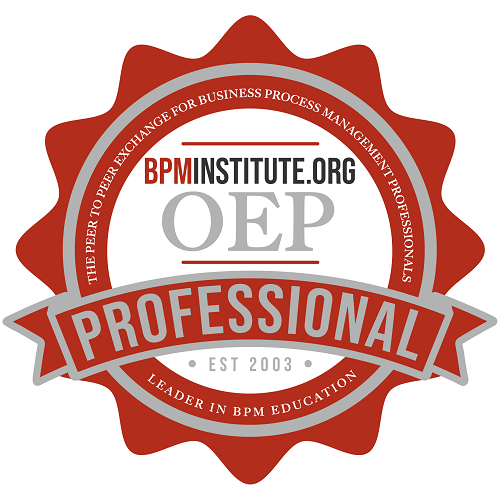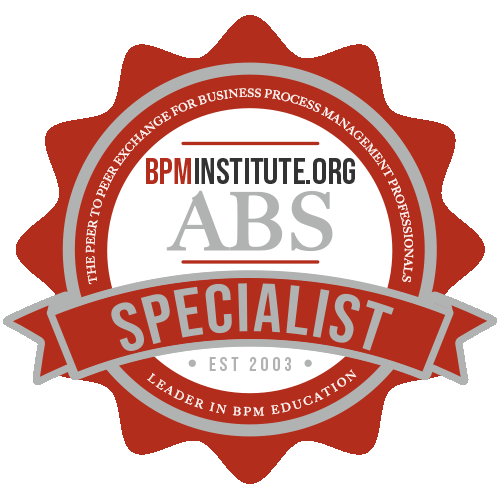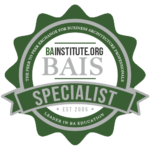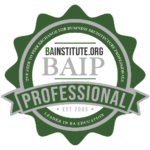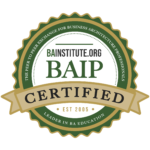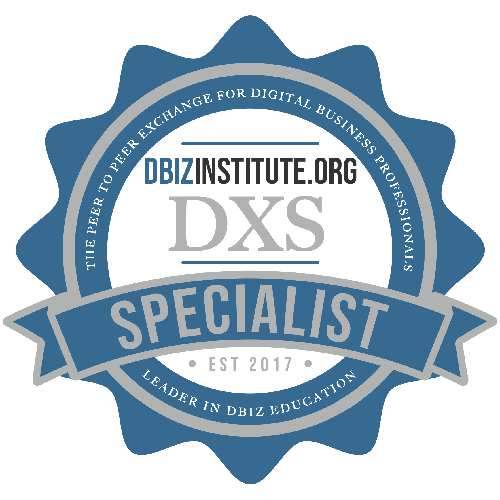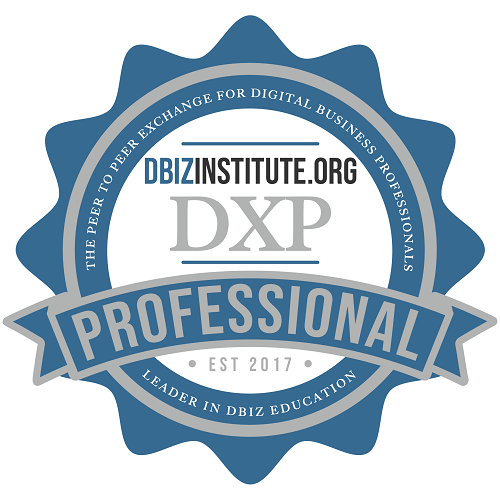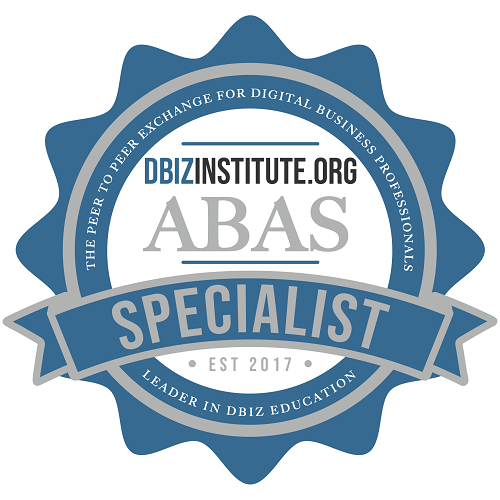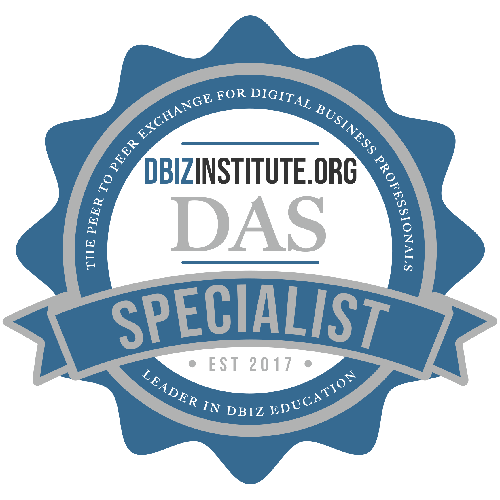“If we want to enter into a scheme of automated process implementation, it is necessary to consider at least the formal definition of the activities, actors, the output and input documents for each activity, the integration levels, the routing rules, etc. of the process to be automated. Formal definition refers to the elaboration of basic documentation for the initial phase of process automation according to the chosen methodology.

The Process Professional: An Independent Review of Savvion’s Process Modeler
In the second of a series evaluating tools for business practioners, we look at the Process Modeler by Savvion. As with my previous evaluation, the point of view is from a business perspective rather than that of an IT professional. My criteria are ease of use, a short learning curve, and good collaboration features.

BDM, Governance, and a Center of Excellence
As we continue to find more powerful tools and approaches available to us in our efforts to employ Business Decision Management, one last roadblock remains on our quest for agility. Ourselves. We already know effective BDM will be facilitated by a new kind of resource – a hybrid business/technical person that knows the business well and is able to codify that knowledge in a structured fashion. But the organization itself must enable – not inhibit – the collaboration we seek.

Bringing BPM and SOA Together for Maximum Business Value
The combination of Business Process Management (BPM) and Service-Oriented Architecture (SOA) has been the subject of a great many magazine column inches and conversations in the past couple of years. Most commonly, the relationship is seen primarily as one of technical complements – where BPM is seen as a way to make it easier to create composite applications from services, and SOA is seen as a way to make it easier to integrate automated processes with existing applications, systems and data sources.
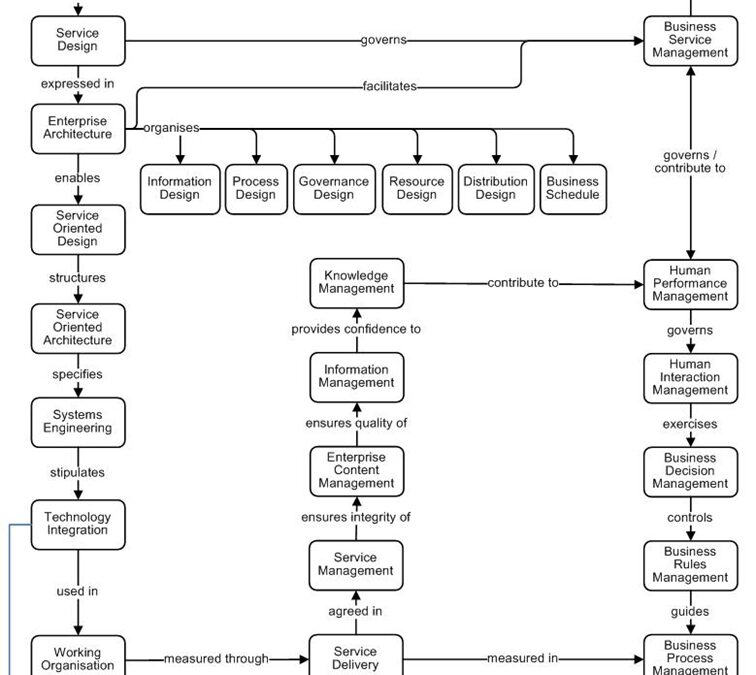
Process-oriented Systems Paradigm for the Process Age
In the previous article “Integrated Business Management in the Process Age”, I discussed the concepts that will shape businesses in the Process Age. In this article I will discuss how process-oriented concepts and systems engineering practices can be used in a process-oriented engineering methodology.
-o00o-
In the previous article “Integrated Business Management in the Process Age”, I discussed the concepts that will shape businesses in the Process Age. In this article I will discuss how process-oriented concepts and systems engineering practices can be used in a process-oriented engineering methodology.
-o00o-

BPMS Watch: Engaging the Business in BPM
As BPM begins to expand beyond isolated projects to mainstream programs at the division or enterprise level, there is a need to engage a far greater number of business people in the effort. That’s not easy, and achieving it is going to require significant change in the way BPM is practiced.
The most important role for business is probably documenting current-state business processes and analyzing them for possible improvement. But conventional practices in this area are inefficient and inherently small-scale.

The Role of the Business Architect in Organizational Change Management
As a Business Architect, I look at the business with the same eye for structure that I had when I worked in IT. So the first time a client asked me to develop a formal Organizational Change Management program for them, my thought was “What does a Business Architect know about organizational change management?” Not being one to back away from a challenge, I immediately set out to answer my own question.

So… How Are You Going To Do That?
The other day I met with a team from a biomedical company to discuss setting up a Business Process Center of Excellence.

Process Management Center of Excellence: Three Different Managerial Models
1. INTRODUCTION
Organizations have been searching different ways to improve their process performance. In search of excellence, some changes can be done in their managerial patterns and practices. As stated in my previous article [9], organizations have sought concepts and guidelines towards structuring a process center of excellence – PCE [3][5]. However, there is a need for choose which managerial model will guide the PCE design and implementation. This article presents three different managerial models.

Bottom Up / Top Down
For those who think about design and innovation, a relatively exotic argument has been going on for a while. The issue is about how best to structure the overall innovation process. Do you look first for the grand concept and then derive details for a full system solution? Or do you first seek individual insights about proposed system functions, environments and users, and then integrate ideas to an overall grand concept? In essence, should the creative process be one of deduction or induction?
